Container Garden
Would you like to grow your own food but don’t know where to start? Maybe you would like to grow some things but don’t have a yard. There are things you can still do to grow some of your own food. Container gardening is a great option for beginner gardeners and people who just don’t have the space for a traditional garden. Some things are easier than others to grow and need less space too. If this is your first time having a garden I have a few recommendations for you.
1.Start small
Having a small garden keeps you from getting overwhelmed with upkeep on a large area.
2.Choose only a few plants
Tomatoes, peppers, herbs, lettuce, carrots, potatoes, spinach, kale, beans, turnips, onions, asparagus, strawberries and radish are all easy to grow even in pots if you don’t have a yard. I would suggest picking out two or three of these choices and see how you do. Remember when planting in pots that the plants will need to be watered more frequently however weeds will not be as big of an issue. Pick bush varieties of plants this keeps them from falling over as they get larger.
3.Choose the right container.
A 24-inch diameter pot will hold one of the following:
large pepper
summer squash
indeterminate tomato and cage
cucumber
artichoke
combinations of vegetables and herbs
An 18-inch diameter pot will hold one of these:
broccoli •cauliflower •large cabbage •small eggplant •all greens in multiples
small pepper •determinate tomato and support
A 14-inch diameter pot works for one of these:
any herbs •cabbage •collards •spinach (3 to 4)
non-heading lettuce (3 to 4) •arugula (3)
A 10-inch diameter pot will hold one of these:
small herbs •strawberry •lettuce
4.Don’t over-purchase.
Even though you may think you are getting a better deal with the 4pk of 6pk in the store many times it is better to opt for the larger plant in the single pot. These have been growing longer and are more mature plants. They are easy to transplant and will get your container garden off and growing faster giving you produce faster. besides you will never fit all four of those plants into your pots in the end you will be leaving some of those plants to die.
5.Make sure you have enough light for what you are growing.
Some plant material can grow indoors and in very shady locations with as little as two hours of sunlight a day. These include lettuce, spinach, Swiss chard, arugula, asparagus, radicchio, kale, mustard, cabbage and bok choy. Herbs like cilantro, chives, mint and lemon balm will also grow in these conditions. Most other Veggies will need full sun conditions which means they will need at least five hours of sunlight a day and I would suggest if you would like tomatoes and peppers to give them as much sun as you possibly can.
6.Watch out for insects.
Potted plants are just as easily invaded by insects as plants in the ground. Keeping an eye out lets you catch them early and makes getting rid of them easier. I am not a fan of using chemicals on things I would like to eat. So, using home remedies and organic pesticides such as pyrethrin.
Now that we know to start small, how to pick our plants, choose the right container, have the right lighting and how to deal with insects. All that you need to do now is stop into the garden center and get your materials. What do you have to lose? Growing your own food can help supplement your groceries in the summer and gives you piece of mind knowing where your produce came from.

